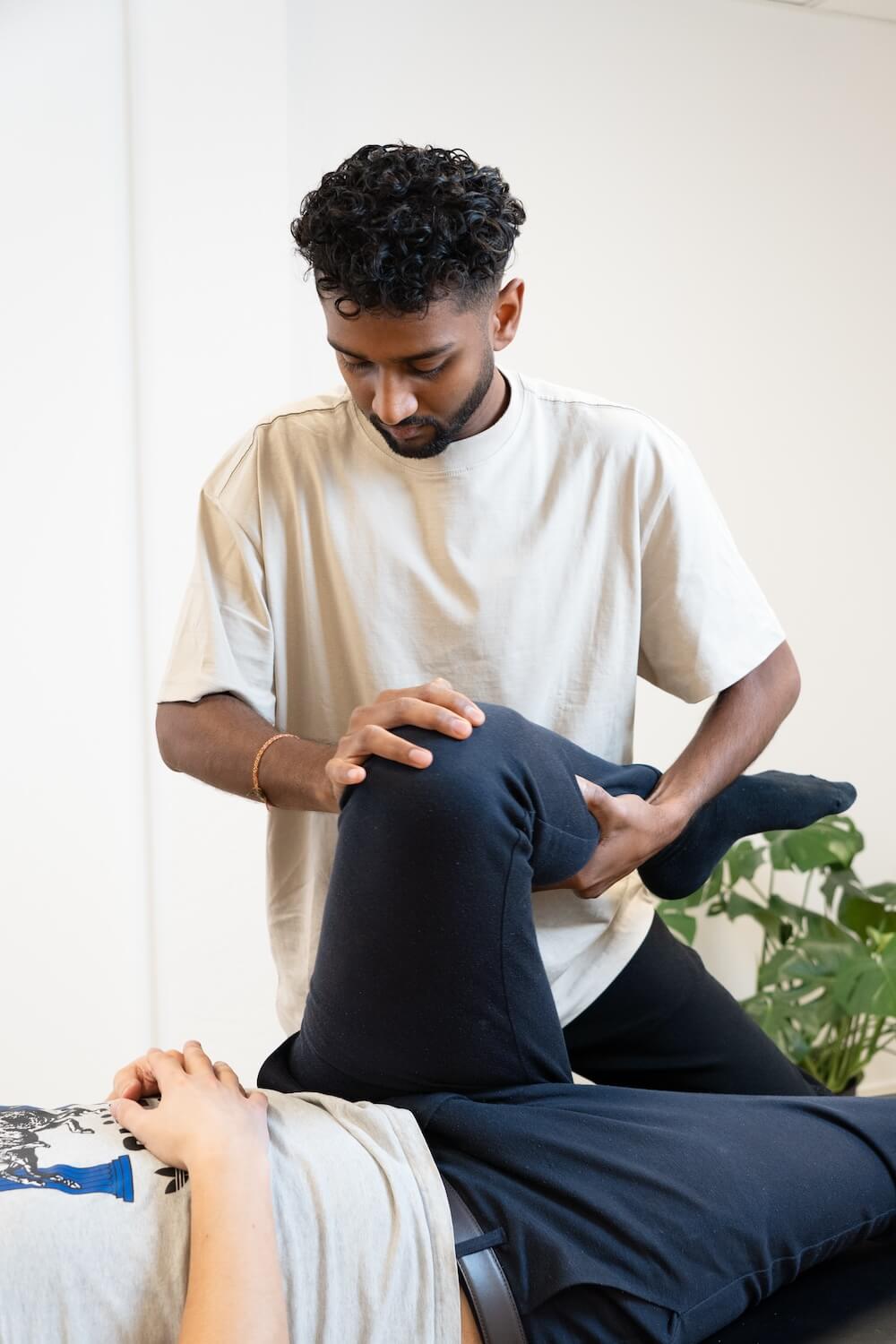We treat
Runner's knee
Learn more about runner's knee
Runner’s knee
Runner’s knee, also called iliotibial band friction syndrome, is an irritation of a bursa under the tendon (iliotibial band) on the outside of the knee. The condition typically occurs after increased friction and compression of the tendon on the thigh bone (femoral epicondyle), which can lead to inflamed bursa. Runner’s knee is characterized by pain on the outside of the knee. Runner’s knee is an overuse injury and typically affects exercisers and athletes who perform repetitive stress on the knee and hip, e.g. in running, cycling and football. Recent research shows that up to 22% of all leg injuries stem from runner’s knee.
Jump to section [Vis]
Causes of runner’s knee
The injury is mainly triggered by repeated, uniform loads, such as jumping, running and kicking. However, the following factors have a major impact on how quickly the runner’s knee injury develops.
Misalignment of the pelvis and hip can limit the rotation of the femur.
Misalignment of the ankle and foot can limit the rotation of the lower leg. Metabolic (metabolism) issues in the body, where problems with the blood system (heart, lungs, kidneys, etc.) and the digestive system (liver, stomach, intestines, etc.) have a major influence in terms of recovery and healing of injuries, but also the development of inflammatory conditions in the body and thereby inflammation in the tendon (runner’s knee).
Symptoms of runner’s knee
- You should pay particular attention to pain on the outside of the knee that only occurs 5-10 minutes into the run and that quickly worsens from there.
Other symptoms of runner’s knee are as follows: - The pain is initially diffuse and difficult to localize, but over time becomes sharp and local.
- Tenderness and swelling locally on the iliotibial tract tendon.
- Pain occurs earlier when the inflammation condition is aggravated.
- Running downhill and on flat terrain causes increased pain levels compared to running uphill.
- Pain on the outside of the hip.
- Tense thigh, buttock and hip muscles.
- Reduced mobility in the hip and pelvis has an impact on the function of the muscles and the balance between them.

Pain on the inside of the knee when running
Another typical problem among runners is pain on the inside of the shin, also known as “pes anserinus tendinitis”.
This is a condition where irritation occurs on the inside of the knee.
- Pes anserinus is the name for an area on the inside of the knee where 3 muscles attach. The three muscles are sartorius, gracilis and semitendinosus. Sartorius winds from the outside of the hip down to the inside of the knee. Gracilis is the longest muscle of the inner thigh, from the symphysis to the inside of the knee.
- The semitendinosus is part of the hamstring muscles and is the one closest to the inner thigh. What all three muscles have in common is that they originate from the hip and attach to the inside of the knee. Reduced mobility in the hip and pelvis affects the function of the muscles and the balance between them.
The back and runner’s knee
In addition to the hip and pelvis, the lower back is also crucial, as the nerves that supply the three muscles come from the lower back. Locking and/or stiffness in the lower back can therefore overactivate the nerves to the three muscles and cause increased pull on the inside of the knee.
The nerve to the inner thigh comes from the lower back and passes down through the pelvis. Problems in the pelvic organs or the lower part of the gastrointestinal system can cause problems with the nerve to the inner thigh.
Iliotibial tract friction syndrome
The professional term for runner’s knee is iliotibial band friction syndrome. The iliotibial band is the name for a long tendon that runs from the outside of the hip down to the outside of the knee. The tension of the tendon is determined by a small muscle (tensor facia latae/TFL) right at the top of the hip. If you have reduced flexibility in the hip, there will be a constant pull on the tendon, and thus also a pull on the outside of the knee.
If the TFL muscle is constantly working overtime, it becomes chronically tense, and will therefore constantly have an increased pull in the tendon down to the outside of the knee.
Runner’s knee – A result of a hip problem
The gluteus maximus muscle of the hip controls and stabilizes our legs. When the gluteus maximus is weak, other muscles will try to contribute to increasing stability. The aforementioned muscle, TFL, is designed to help in some specific positions, but is not designed to compensate for the gluteus maximus.
We therefore often see a connection between hip pain and runner’s knee, but where the pain in the knee has drowned out the pain in the hip.
Hip problems can also be caused by locking in the lower back, incorrect positions in the pelvis, or problems with the pelvic organs, gastrointestinal system or scar tissue on the abdomen.
Exercises for Runner’s Knee

Runner’s knee and the foot
In the same way that the knee is affected by the hip, the knee can also be affected by the foot. The knee is a very mobile joint, and must be able to transfer a lot of force from the hip down, but also from the lower leg up. When a lot of force is to be transferred, it also requires a good stable base, namely the foot.
The stability of the foot is maintained, among other things, by the arch tendon and the muscles that lie above it. When the arch tendon and its muscles are healthy and functioning well, the arch is kept raised so that the foot can absorb shock and spring. On the other hand, if there is reduced stability and strength in the foot, there will also be reduced stability in the knee. When the arch tendon sinks down, the foot pronates.
Pronation of the foot and runner’s knee
Increased foot pronation will result in increased inward rotation of the lower leg, and thus also a rotation in the knee, which changes the biomechanics and direction of pull for the structures in the knee. Misalignment and locking of the foot can also be predisposing factors for developing runner’s knee.
The shinbone consists of 2 bones, the large tibia and a small fibula. The fibula is located on the outside of the knee and on the outside of the ankle. Hypermobility (too much movement) or hypomobility (too little movement) of the fibula at its attachment to the ankle can cause pain on the outside of the knee, and feel like runner’s knee.
In some cases, foot problems can be caused by poor blood circulation from the hip up.
Chronic runner’s knee
When a condition becomes chronic, it doesn’t necessarily mean it can’t get better. Chronic is a technical term for something that has lasted longer than normal healing time, is difficult to get rid of, or is recurring. When you have chronic pain in your body, there is a hypersensitivity of the area.
When we treat chronic pain, we examine the entire body to find out which areas activate the pain.
In short, this means that the majority of the information the brain receives from the knee will be perceived as dangerous, resulting in pain. This can be the case even though the original pain-causing structure has long since healed.
Locking in the lower back, incorrect positions in the pelvis, problems with the pelvic organs or the gastrointestinal system, are all areas that can overactivate the nerves to the knee. It is important to turn down all the factors that overactivate the nerves, and slowly build up with exercises again.
In addition, we often see that inappropriate movement patterns have developed over time when it comes to a chronic problem. This includes everything from how you move your hip, knee and foot during activity.
Source: Netdoktor.dk

Good advice for runner’s knee
One of the first things you should do if you have problems with runner’s knee is to cut back on the activity that causes the pain. If necessary, give the knee a few weeks of rest, and then try to slowly build it back up.
Start at 50% of the level you were at before. Record your training and write down how much you train, what intensity and how often. Also, make a note of how your pain feels, how it behaves during the day, and note how intensely you feel the pain. Give it a number from 0-10. That way you have something to compare with and look back on after a few weeks of rest when you start to build it up again.
Slow, heavy strength training is the first priority, and if you feel you have the energy for more, you can plan light activity, such as running, alongside the strength training.
Remember that ice and painkillers only relieve symptoms, but do not increase healing.
Can you run with runner’s knee – iliotibial tract syndrome?
Runner’s knee is not dangerous; it is an overuse injury and depending on which phase you are in, the activity level should be adjusted to the symptom response. In the acute phase, it is beneficial to relieve the load and give the body a few days of rest and avoid the activities that provoke symptoms.
If you experience the aforementioned symptoms, it may be a good idea to seek treatment.
Treatment of runner’s knee
Runner’s knee is treated differently depending on which phase you are in. If it is in the acute phase, it is initially about reducing the inflammation. This is primarily about stopping the activity that causes the symptoms, or reducing it significantly. Once the acute phase has subsided, the cause must be found. Here we know that it helps to work on the mobility of the hip and foot, to relieve the knee.
In addition, strength training should be initiated to ensure sufficient strength and stability to perform the activity that caused the pain. This may include strength training of the core, hips, thighs, lower legs and knees.
Once flexibility and stability have been regained, the activity should be restarted. Here it is very important to increase the load progressively.
This means starting low and gradually increasing intensity, frequency, volume and frequency.
Other diagnoses that can be confused with runner’s knee
Inflammation of the bursa under the tractus tendon (the bursa under the runner’s knee tendon), inflammation of the fat pad in the knee, intra-articular problems in the knee (meniscus, cartilage and cruciate ligament injuries), pinching of the knee capsule (plica synovialis), incorrect tracking of the kneecap (chondromalacia patellae).

Osteopathic approach to runner’s knee
To locate the cause of runner’s knee (see above), to correct mechanical and metabolic problems, to increase blood supply to and from the area, and to advise on the start of training, training volume and intensity, so that the knee (runner’s knee) is not overloaded again.

Often related injuries
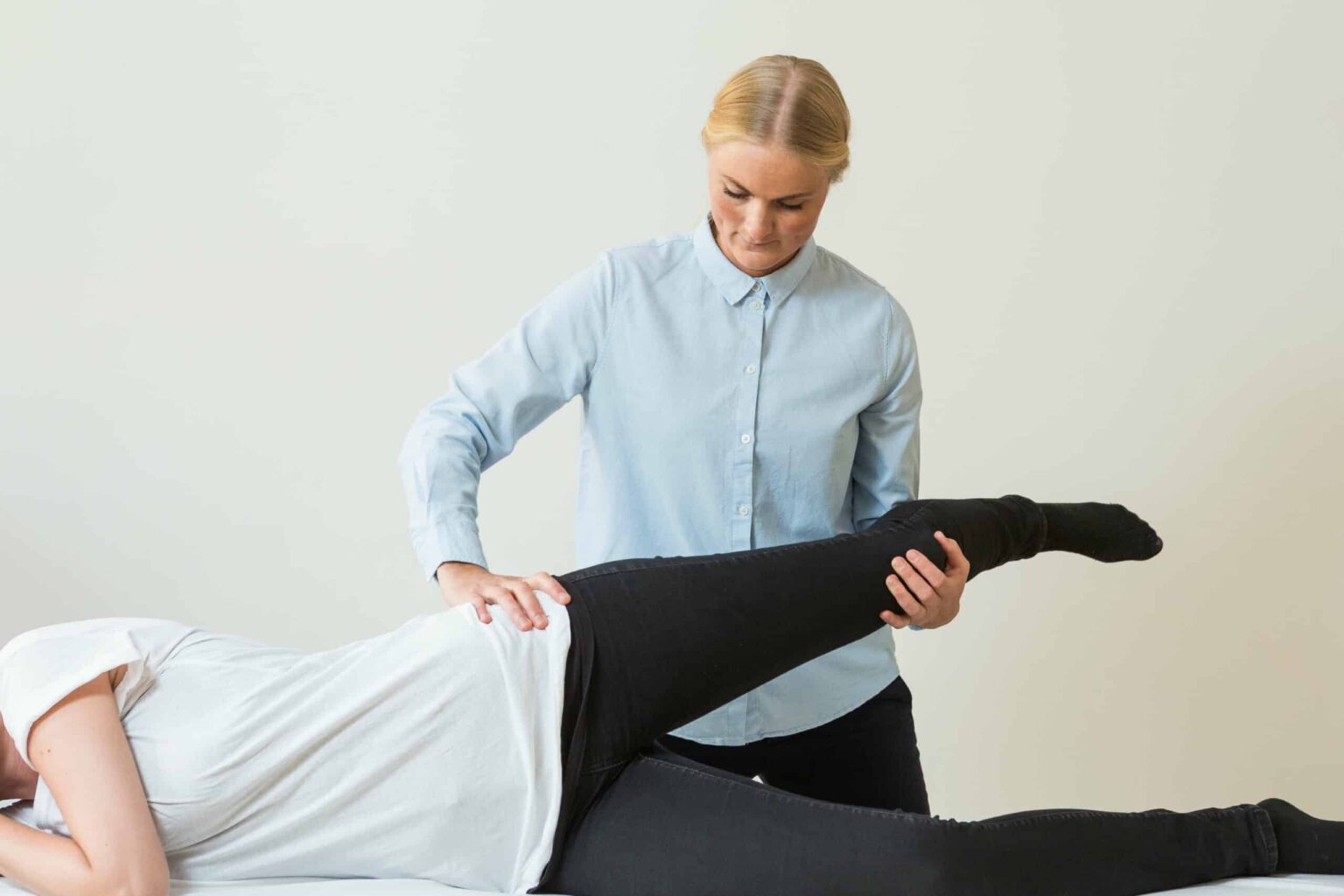
Restless Legs Syndrome (RLS)
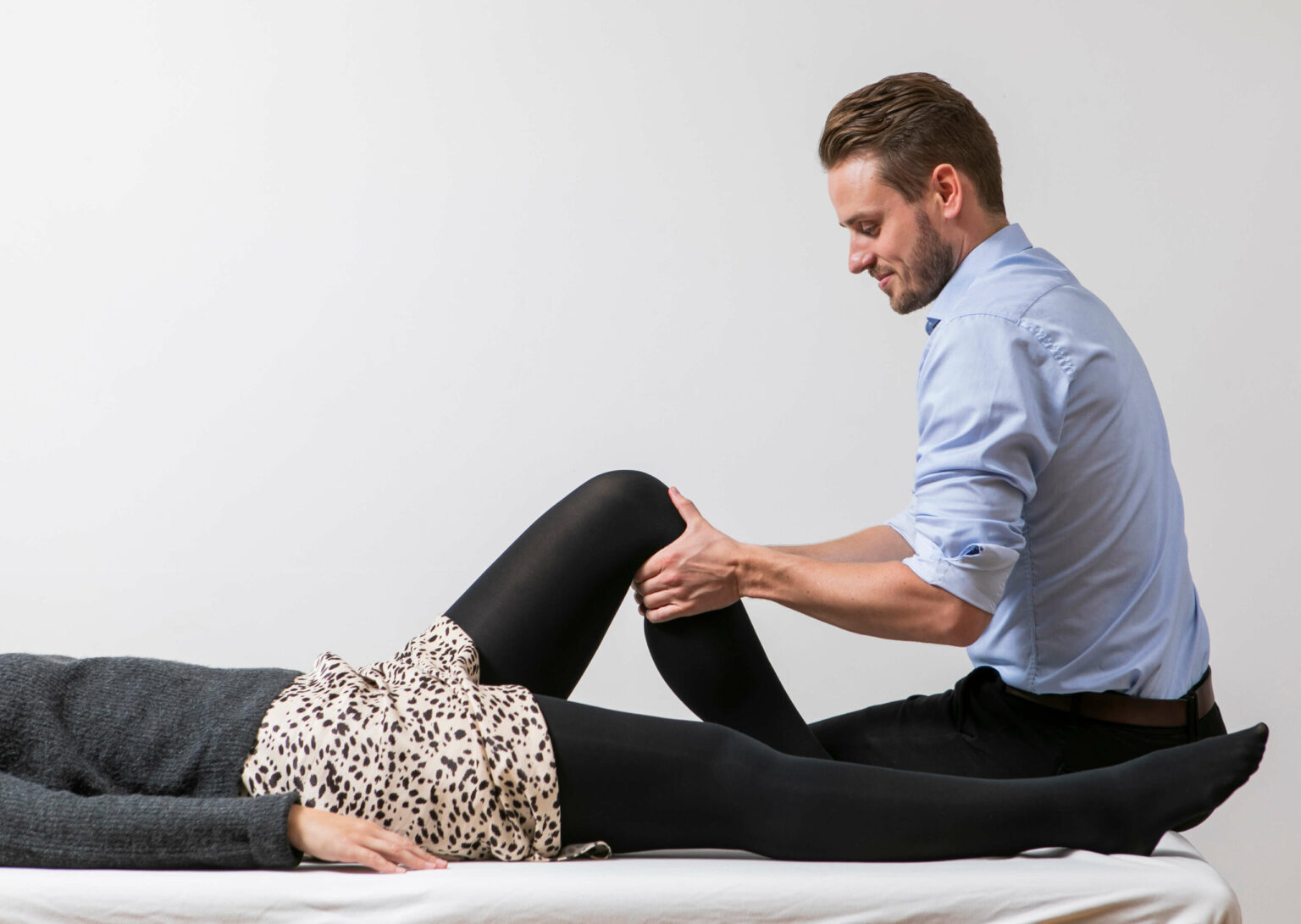
Cruciate ligament injuries – ACL/PCL
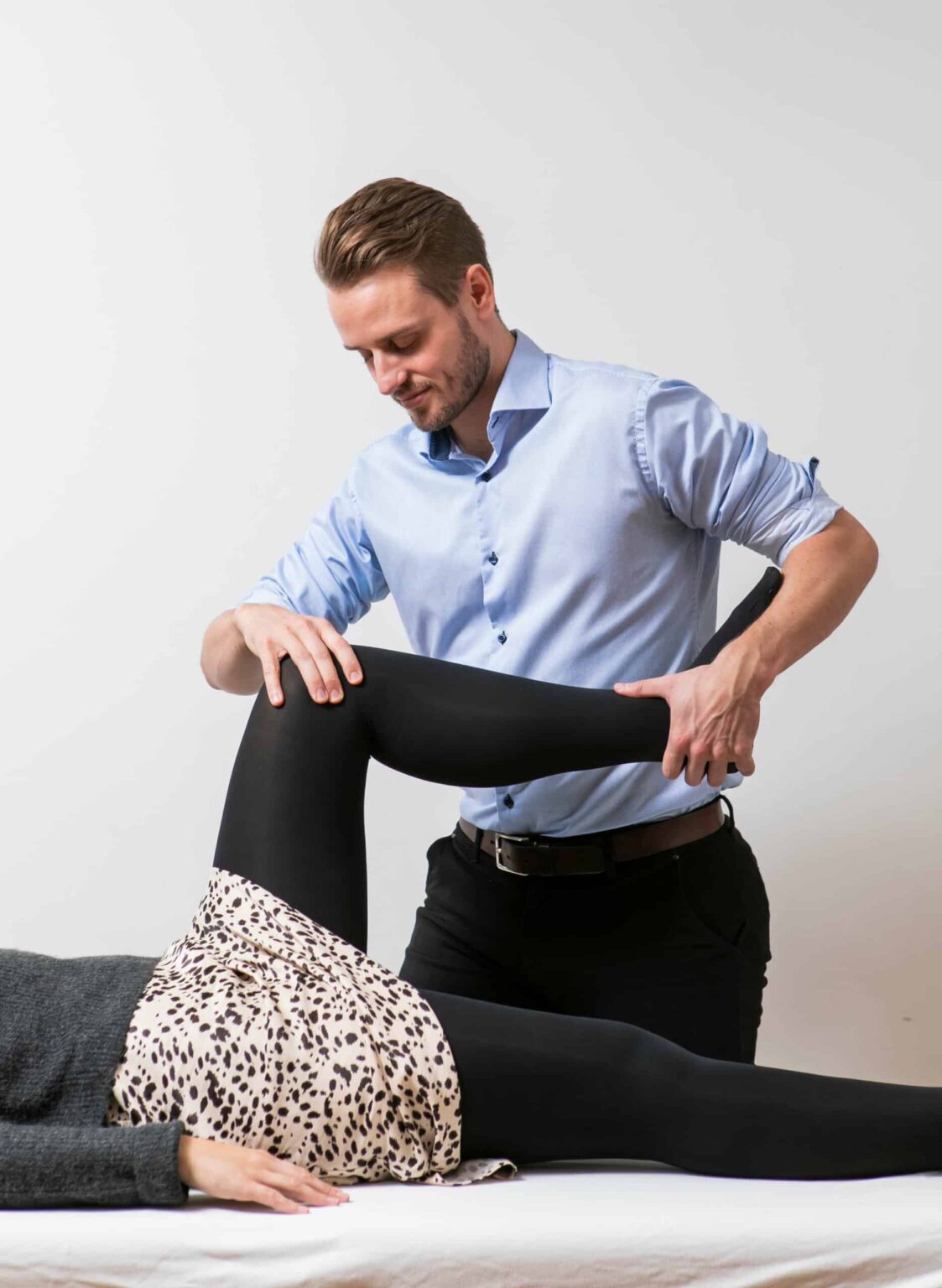
Synovial Plica
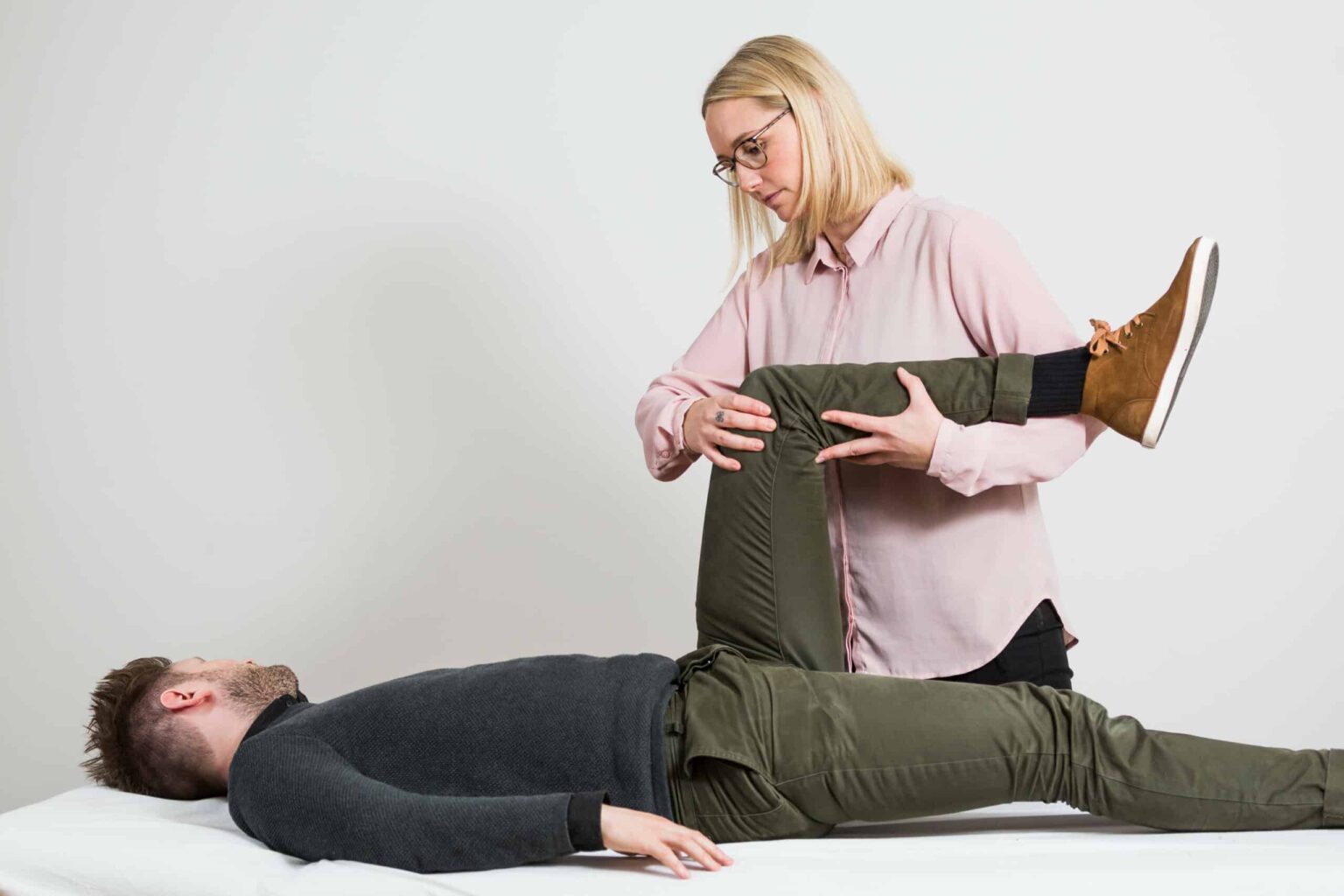
Pes anserinus tendinitis
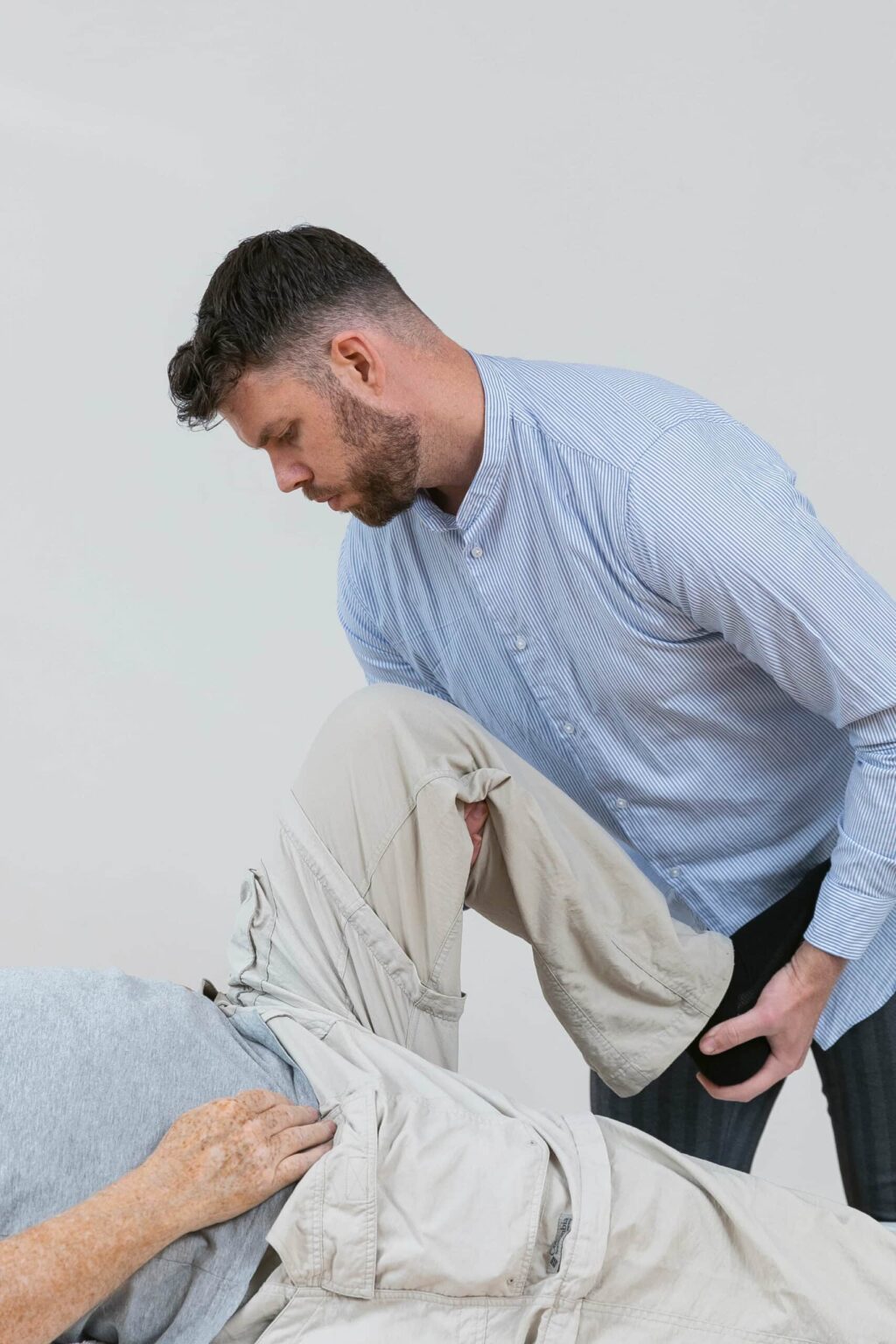
Jumper’s knee

Knee plica inflammation
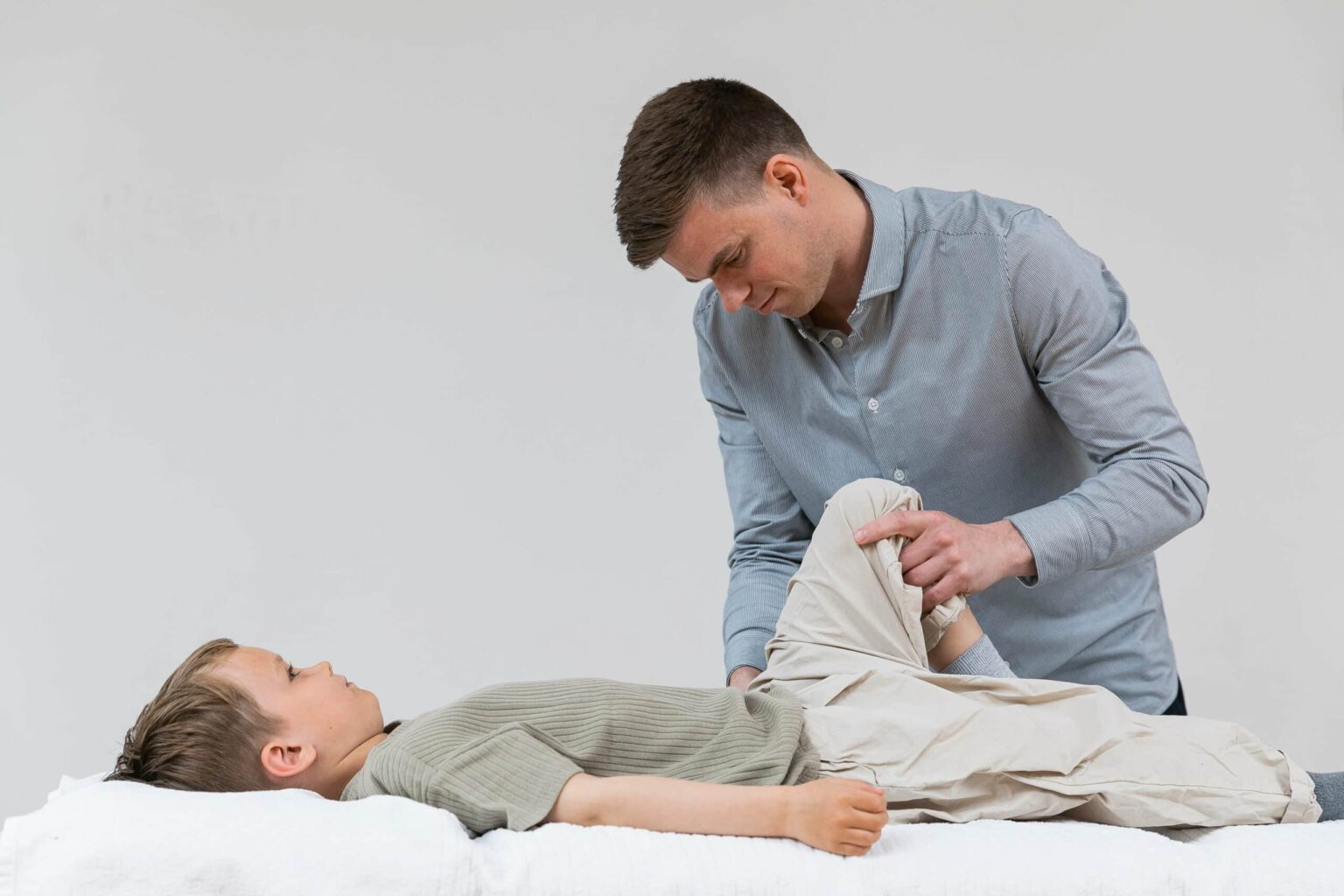
Osgood Schlatter
